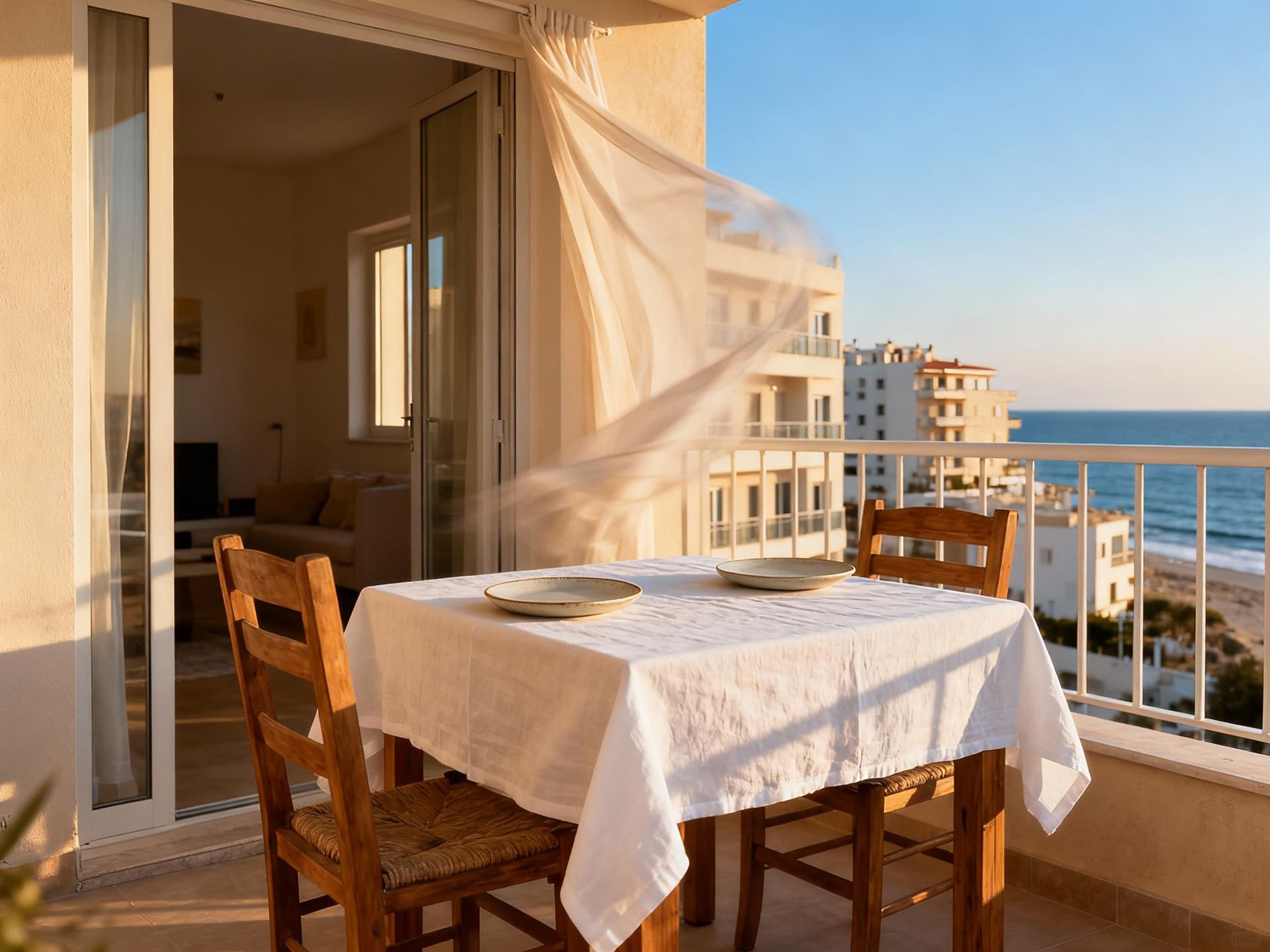Cyprus Short‑Let Reality: Lifestyle Tradeoffs and Yield Repricing
Regulatory focus on short‑lets is reshaping Cyprus returns: verify registrations, stress net yields 25–40% and prioritise properties suited to long‑lets for durable income.
Imagine sipping espresso on Nicosia’s Stasikratous, wandering Limassol’s marina at dusk and still seeing a rental yield that makes financial sense. Cyprus offers that contrast — Mediterranean ease and an investor market in transition. But regulation has become the punctuation mark that now separates a holiday‑story purchase from a portfolio‑grade investment.
Living Cyprus: Sunlit Streets, Slow Afternoons

Cyprus lives at a measured pace: mornings open markets and strong coffee, afternoons on the coast, evenings that stretch into relaxed tavernas. Neighborhoods feel distinct — Limassol hums with coastal development and international schools, Nicosia offers administrative services and quieter residential streets, Paphos trades in history and a growing expatriate enclave. For many internationals the appeal is practical as well as scenic: English is widely spoken, healthcare and schooling infrastructure are accessible, and year‑round sunshine supports a rental season longer than many European peers.
Limassol’s Marina to Agios Tychonas: the mixed‑use momentum
Limassol’s shoreline (from the Marina to Agios Tychonas) pairs new apartment blocks with boutique cafés and coworking pockets. That mix attracts long‑stay corporate tenants and high‑season tourists — a dual demand profile that used to lift short‑let income dramatically. If your strategy depends on seasonal peak rates, Limassol remains attractive, but you must now underwrite periods of enforced inactivity or regulatory downtime.
Paphos & Larnaca: history, beaches and steadier long‑lets
Paphos blends archaeology and coastal living; Larnaca trades a quieter marina scene for reliable year‑round rental demand from locals and expat workers. These markets often score better for net yields when short‑let regulatory risk is priced in, because tenant profiles skew toward medium‑term and long‑term stays rather than rapid turnover.
Making the Move: How Regulation Reprices the Lifestyle

This isn’t speculation: official data show Cyprus’ house price growth slowed in 2024–25 even as district differences widened. When regulators raise compliance costs, limit short‑let supply or tighten registration, the immediate effect is on effective yield — owners either accept lower occupancy, higher operating costs or pivot to longer leases. That pivot changes the lifestyle proposition: from a high‑turn tourist income to steady resident cashflow and a different tenant mix.
Property types and how rules change your rent math
Short‑lets amplify gross returns but attract regulatory scrutiny. Apartments near beaches and marinas see the largest pricing volatility; villas and townhouses often translate more cleanly to long‑lets. Under a conservative underwriting model, discount projected short‑let revenues by 25–40% to model registration delays, enforcement risk and platform delisting — a simple stress‑test that separates lifestyle fantasy from investable cash‑flow.
Working with local experts who can translate law into lifestyle
Local lawyers and agencies do more than show you listings; they verify registration numbers, confirm municipality permissions, and can tell you if a building’s management allows short‑lets. Given enforcement gaps and a backlog of applications reported by the Ministry of Tourism, an estate agent who also manages compliance is worth the fee: they cut the time between purchase and earning actual, legal income.
Quick underwriting checklist for lifestyle‑minded buyers:
1) Verify short‑let registration with the Ministry of Tourism before offer. 2) Stress net yield by 30% to reflect compliance and vacancy. 3) Confirm condominium rules prohibit or allow short‑lets. 4) Check district HPI and price momentum for capital growth assumptions. These steps protect both lifestyle intent and investment returns.
Insider Knowledge: What Expats Wish They’d Known
Expats often arrive imagining effortless short‑let income. The reality is administrative: registration processes, proof of safety standards and local municipal approvals take time. The Ministry of Tourism’s registration roll climbed rapidly since 2022, yet enforcement gaps mean many listings remain non‑compliant — a risk for buyers who rely on quick platform earnings rather than long‑term tenancy.
Cultural and seasonal rhythms that affect occupancy
Tourist peaks around July–August and Easter can deliver outsized revenue, but autumn and winter shift demand to longer stays from remote workers and families. If you buy in summer expecting constant peak rates, you’ll underperform. Consider how festivals (Limassol Carnival), local school calendars and weather-driven demand reshape occupancy across the year.
Long‑term lifestyle: community, services and second‑home reality
Owning in Cyprus often becomes a hybrid lifestyle: months spent on the coast, months letting to steady tenants. That means selecting properties near services — local bakeries, clinics, transport links — matters as much as sea‑view credentials. For sustainable returns, prioritise buildings with reliable management, clear titles and a track record of letting compliance.
Lifestyle highlights tied to investable locations:
• Morning markets on Ledra Street (Nicosia) that service longer‑stay tenants
• Limassol marina cafés that keep coastal apartments attractive off‑season
• Paphos harbour walks that support year‑round family rentals
Step‑by‑step: How to translate a lifestyle purchase into regulated income 1) Run a 5‑year cash‑flow with both short‑let and long‑let scenarios. 2) Ask seller for short‑let registration and municipal approvals; demand copies. 3) Budget for compliance upgrades (safety certificates, waste permits). 4) Engage a local property manager that handles bookings and compliance.
Conclusion: Love the Life, Underwrite the Rules
Cyprus still sells a real, lived‑in Mediterranean life — morning bakers in Nicosia, late dinners in Limassol and quiet coastal mornings in Paphos. But recent regulatory focus on short‑lets and the observable slowdown in price momentum mean buyers must pair romance with rigorous underwriting. Start with district HPI, verify registrations, stress test yields and hire local experts who translate law into lived reality. That’s how you buy the lifestyle without sacrificing return.
British expat who moved to the Algarve in 2014. Specializes in portfolio-focused analysis, yields, and tax planning for UK buyers investing abroad.


